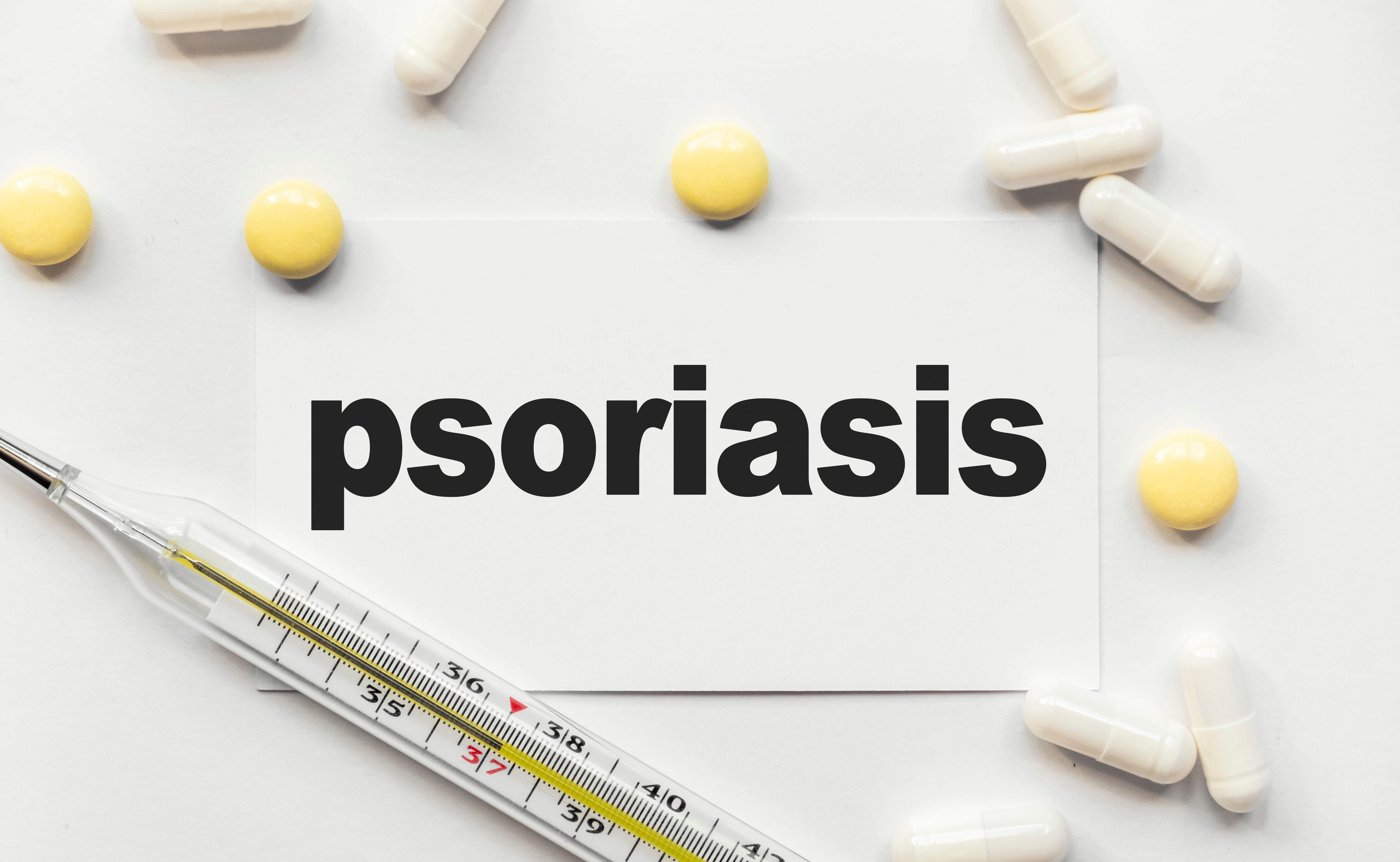Article
Review Finds Several Biologics Effective in Treating Form of Palmoplantar Psoriasis
Author(s):
A systematic review of biologics used in to treat palmoplantar psoriasis and palmoplantar pustulosis, 2 diseases that affect the palms and the soles of feet, found several available biologics are at least 80% effective in 1 form of the disease, but that there is less data on how well these drugs work on other forms of the disease.
A systematic review of biologics used in to treat palmoplantar psoriasis and palmoplantar pustulosis, 2 diseases that affect the palms and the soles of feet, found several available biologics are at least 80% effective in 1 form of the disease, but that there is less data on how well these drugs work on other forms of the disease.
One biologic, infliximab (Remicade, Janssen) was found to be 100% effective based on available case reports for hyperkeratotic palmoplantar psoriasis (PP).
Palmoplantar psoriasis (PP) is a chronic, debilitating disease of the palms or soles that affects between 11% and 39% of psoriasis patients. Palmoplantar pustulosis (PPP) is recurring, chronic disease of the palms and soles characterized by sterile pustules within the skin, erythema, fissuring, and scaling. It is more common in women and associated with smoking, and
is clinically distinguished from PP based on the absence of psoriasis at other body sites. Both diseases can cause marked physical discomfort and functional disability of the hands or feet.
Topical therapy and phototherapy are first line treatments for the management of both diseases. However, the majority of patients eventually require treatment with systematic medications. Traditionally, these agents include oral retinoids, methotrexate, and cyclosporine, but these medications carry risks of adverse effects that may limit their use in clinical practice.
The search of medical electronic databases (Medline, Embase, and Cochrane Library) resulted in 579 published articles, of which 44 were included in the review. Seven articles involved randomized placebo-controlled trials (RCTs), 2 were open label trials, and the remaining were cohort studies, case series, or case reports.
In the RCTs on the treatment of hyperkeratotic PP, adalimumab (Humira, AbbVie), guselkumab (Tremfya, Janssen), infliximab, and secukinumab (Cosentyx, Novartis), each demonstrated superiority to placebo at intervals that varied from 12 to 16 weeks (P > 0.05). For the treatment of pustular PP, ustekinumab 45 mg (Stelara, Janssen) was not superior to the placebo at 12 and 16 weeks, respectively (P > 0.05). Although an open label study demonstrated that 4 of 5 patients on a therapeutic regimen of ustekinumab 90 mg achieved clinical clearance at 16 weeks.
For the treatment of PPP, etanercept (Enbrel, Amgen) and ustekinumab 45 mg were not superior to placebo at 12 and 16 weeks, respectively (P > 0.05). A combined analysis of studies for hyperkeratotic PP demonstrated that 94.7%, 90.0%, 82.5%, 89.1%, and 86.7% of patients experienced an improvement of at least 50% upon treatment with adalimumab, guselkumab, ixekizumab, secukinumab, and ustekinumab, respectively. In a combined analysis of case reports examining PPP, infliximab showed the greatest efficacy at 100.0% clinical improvement of patients from case reports, followed by ustekinumab at 58.8% clinical improvement. Few serious adverse events were reported, but several were reported in patients treated with infliximab or secukinumab.
The eligibility criteria of the studies included in the analysis were the following: if the subjects were diagnosed with PP or PPP based on the assessment of the authors of each publication, and if subjects received treatment with one of the currently approved biologics for psoriasis, namely, adalimumab, brodalumab, etanercept, guselkumab, infliximab, ixekizumab, secukinumab, or ustekinumab.
The strong support for effective hyperkeratotic PP treatment is derived—from multiple large RCTs, which could encourage providers to consider tailoring their treatment to include biologics earlier. Future studies are needed to further determine the efficacy of biologic medications in the treatment of PP and PPP, as well as comparing the safety and efficacy of biologics concurrently with traditional systematic therapy.
Reference
Sanchez IM, Sorenson E, Levin E, Liao W. The efficacy of biologic therapy for the management of palmoplantar psoriasis and palmoplantar pustulosis: a systematic review. Dermatol Ther. 2017;7(4):425-446. doi:10.1007/s13555-017-0207-0.




